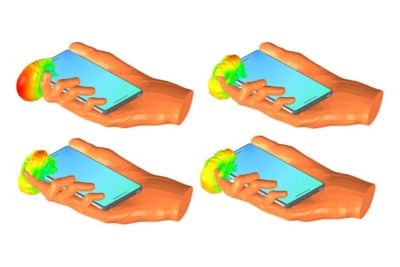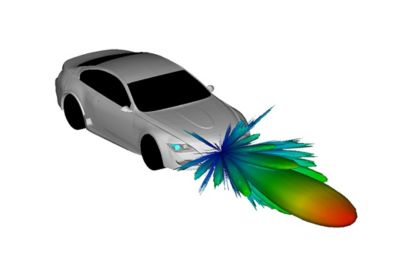
渐近的
使用 SBR+ 和 PO 求解器,分析其平台上天线的辐射模式,包括附近物体的反射效应。
有限元瞬态
FEM 瞬态求解器包含 HFSS 自适应网格划分并分析瞬态应用,例如探地雷达 (GPR)、静电放电、时域反射计 (TDR) 和识别雷达截面 (RCS) 散射中心。
积分方程
IE 采用 3D 矩量法 (MoM) 技术来有效解决开放辐射和散射问题。
通过天线仿真软件实现更好、更快的通信设计
从日益强大的消费移动设备到推动制造和关键应用的最先进的设计挑战,未来技术对天线设计的要求比以往任何时候都多。无论是哪个行业,仿真都是以最少的精力和成本执行高性能天线和平台设计的解决方案。









